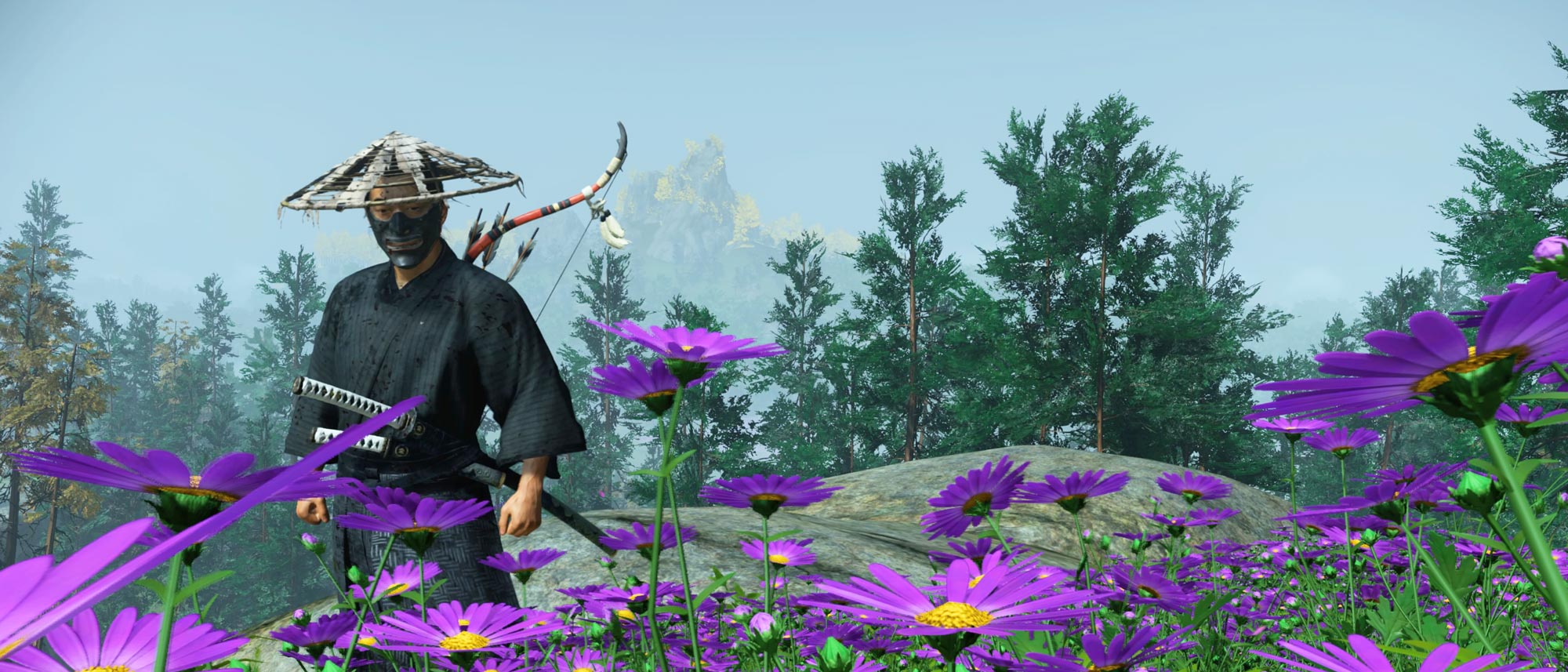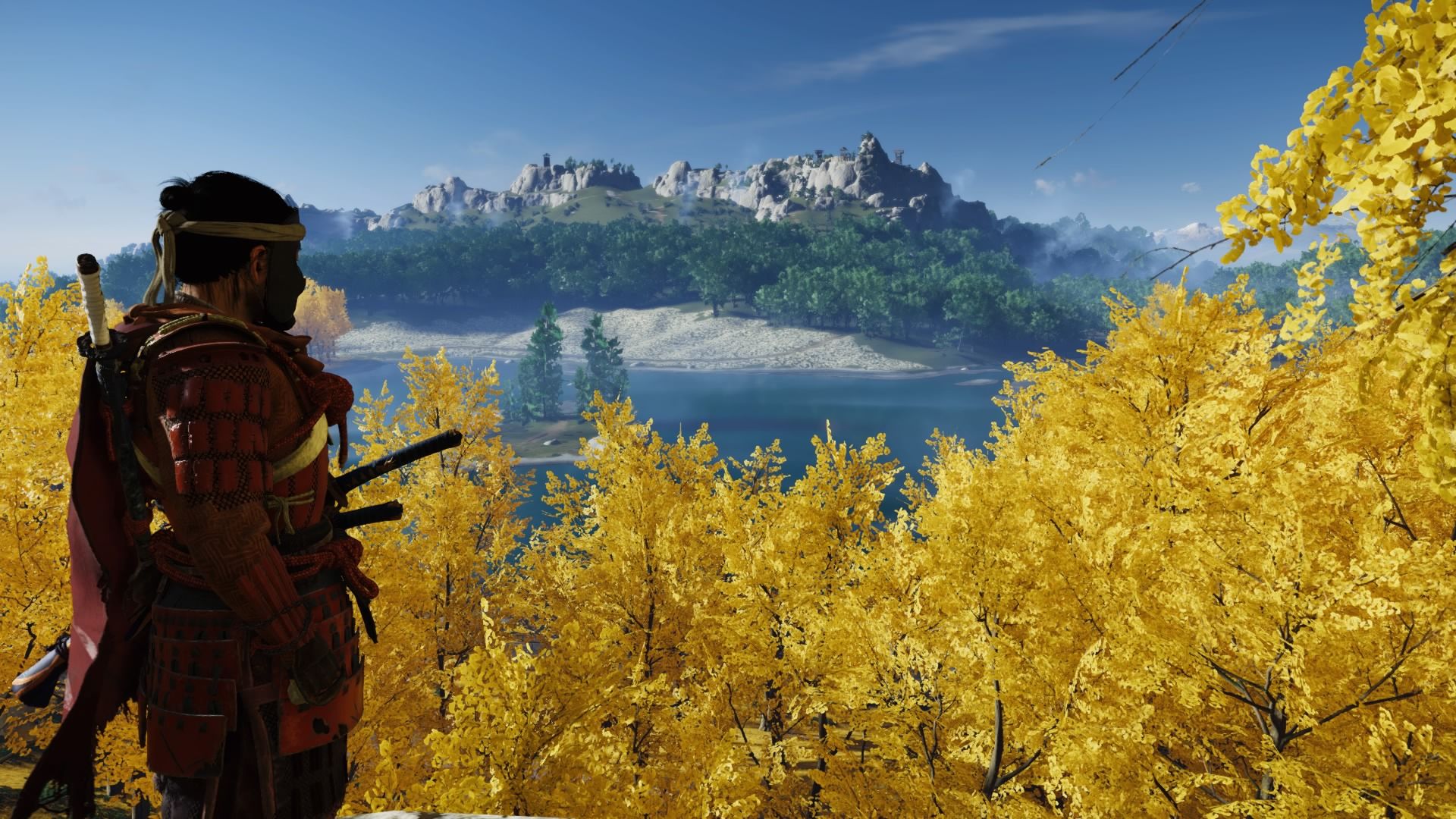

This makes the bravest (or dumbest) opponent come forward and a mini-duel plays out. When approaching a group of enemies ,you can almost always press up on the D-pad to issue a challenge to your foes.

Almost all sword fights in the game have the potential of recreating your favorite moments in any given samurai film, even more so if you make use of the fantastic Standoff mechanic. The fighting in Ghost of Tsushima has an emphasis on restraint and observing your opponent(s) - it’s usually better to react to an enemy’s attacks than swinging wildly at them. It’s a much more active and impactful system than pretty much any other melee centric open world game out there. While playing a sneaky ninja is fun, it pales in comparison to the treatment Ghost of Tsushima gives to the clashing of swords. The bombs and ninja tools help mitigate this, but don’t quite elevate the stealth above the competition. It’s good fun, though perhaps a bit too similar to other games to feel truly fresh. You will, however, stick to shadows, crawl under buildings, hide in tall grass and slit people’s throats. You can climb up on cliffs and houses but not scale sheer walls or big monuments. Otherwise, the stealth is similar to what we have played in the Assassin’s Creed series, although less acrobatic. Bombs and kunai pack a punch and not only damage your enemies but also leave them stunned and sometimes scared, which makes cutting them down with your sword that much easier. Ninjaing around in Ghost of Tsushima is quite fun and I especially enjoy how kinetic the abilities are.

Mechanically, this means we have access to some awesome ninja tools, like smoke bombs, kunai daggers, and grappling hooks on our journey.
#Ghost of tsushima review code#
This sets him on a course that will force him to bend and break the samurai code he swore to uphold since fighting the Mongols will require the use of both trickery and stealth.Īs such behavior is abhorrent to the samurai, a lot of the story deals with Jin struggling with his loyalty to tradition and the needs of the time. Things do not go very well as it turns out those pesky Mongols don’t fight according to samurai traditions, and Jin wakes up as one of the only survivors of the first battle. You play as Jin Sakai, a young samurai lord who has the unfortunate task of defending the island of Tsushima from Mongol invaders. The events of the game take place in 13th century Japan. That’s not to say that the game is without problems, mostly from the way it depicts Japanese history and culture. Indeed, compared to many other open world games, Ghost of Tsushima’s sword fights are some of the best out there. It’s far from a derivative clone, however, and Ghost not only delivers stealthy ninja deaths but also some robust (and arguably more satisfying) samurai action. Ubisoft proved unwilling to make such an obvious move and now it has fallen to developers Sucker Punch to deliver open world ninja action in Ghost of Tsushima instead. After all, ninjas are arguably the world’s most famous assassins. Back in 2007, it took around two days from the release of Assassin’s Creed for people to start speculating about a sequel set in feudal Japan.


 0 kommentar(er)
0 kommentar(er)
